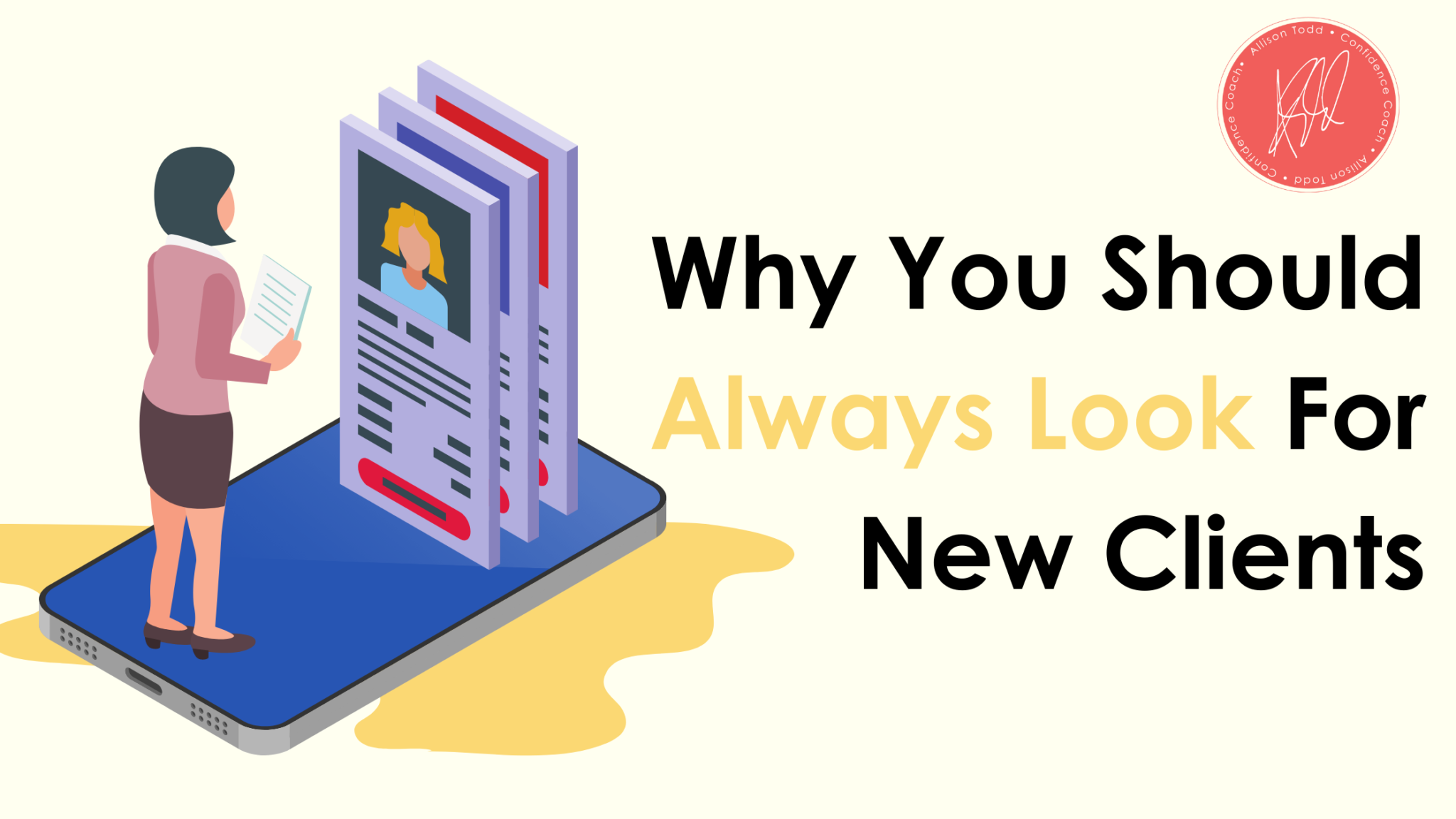Whether you started a side hustle as a passion project or you finally followed your dreams with your free time during the pandemic, it doesn’t have to be a side hustle forever.
Sure, starting a side hustle helps to bring in some extra cash, but what if you could do what you love full time? That can be a reality with the right planning and effort.
1. Research Your Market
According to Harvard Business Review, the best predictor of success is how well a business leader understands the market.
Is your project something that will still have a market in a year? In five years?
Here are some questions to ask:
- Who is your target market?
- Can your target customers afford your product or services?
- Who are your competitors? Do they offer more or less than you? Have they been around longer?
- Does your business have the potential to keep growing into the future? What do you need to make that happen as far as staff and overhead?
If you think your business can still grow and thrive in the long term, you can make it a reality.
2. Take the Necessary Steps to Scale
Many people take on a side hustle and keep their full-time job to increase their income. But before you can turn your side hustle into a full-time job, you need to know what steps are necessary to grow.
For example, maybe you started a small side hustle selling baked goods in your home kitchen. Do you have the setup to sustain a full-time business in your home kitchen?
As a business owner, you need to prepare for what you’ll need to scale your business, even if you hold on to your full-time job in the meantime. Whatever your dream is, you should envision your path to success and how you’ll attract and retain customers.
Consider things like:
- Commercial space to produce or store your inventory and reach a higher volume of customers
- Commercial-grade equipment or machinery
- Employees you may need to hire to help you with the day-to-day operations
3. Create a Business Plan
A business plan forms the foundation for the future of your side hustle as a bona-fide full-time business.
Your business plan should include:
- A business name
- A description of the current target market
- Competitor analysis
- Cost analysis, including material costs, registration costs, staff costs, marketing budget, space rental, pricing plan, estimated volume and profits for each month, and a break-even point
Having a strong foundation can help you develop realistic expectations and attract investors to your business.
4. Seek Investors
Starting a business can be expensive, but investors can help you get a strong start. Your business plan is an essential tool to securing startup capital.
Consider options like:
- Bank loans for small businesses
- State and local grants
- Small Business Administration loans
- Crowdfunding platforms
Once you have the funding, you can get started scaling your business!
Keep Hustling
If you have a side hustle right now, you have the drive, passion, and talent to turn it into your full-time job and business. The road to success can be long and arduous, but strategies like these put you in the strongest position for future success.
Looking to scale your side hustle with the guidance of a professional coach? Work with Allison Todd directly!











